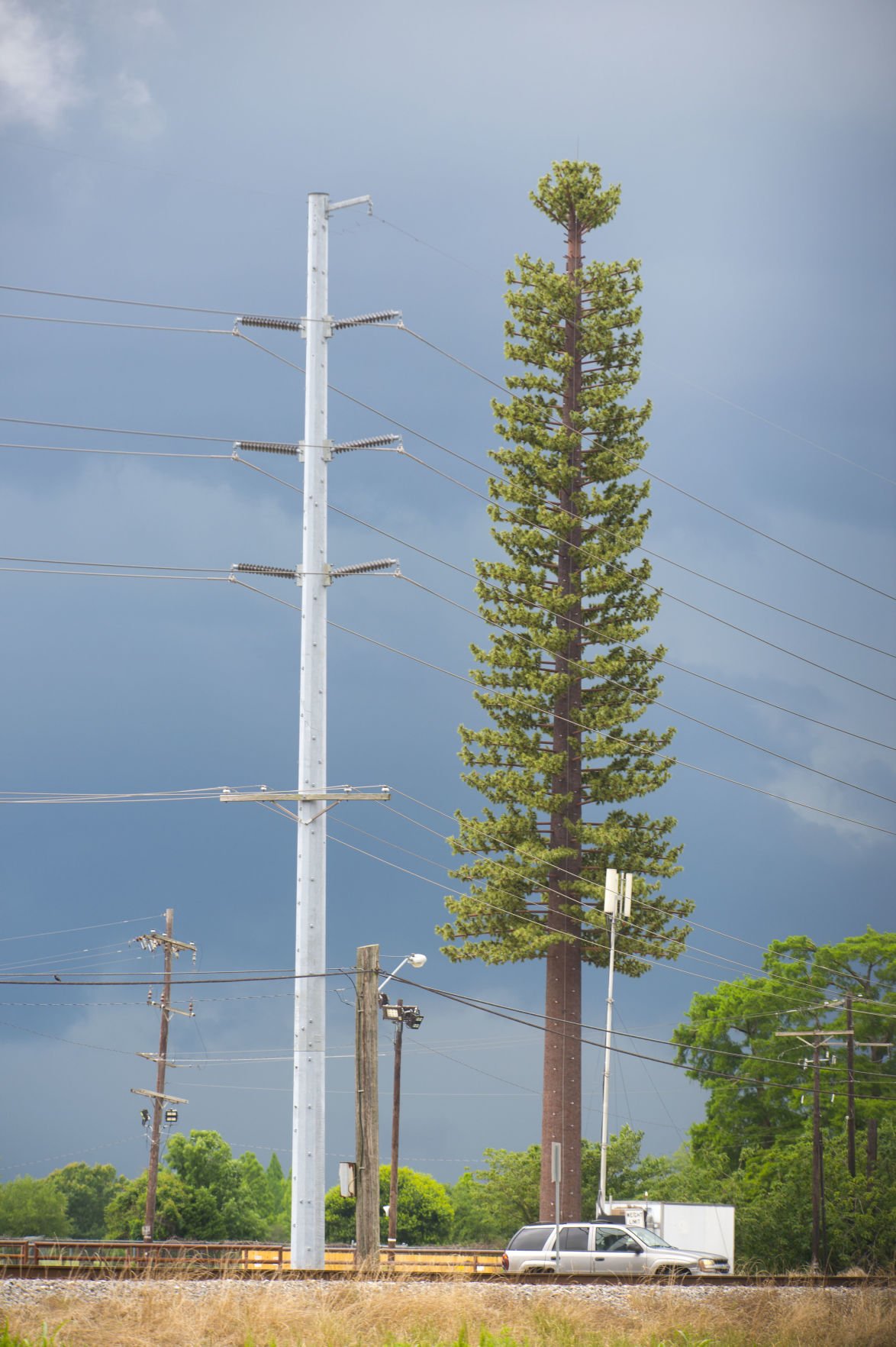If you've ever been through a city, you may have seen tiny cell towers for 5G on the poles of street lights. They look like little boxes however, they're actually transmitting wireless signals from mobile providers to your phone.
https://zenwriting.net/circlejumper98/are-usually-safest-distance-from-your-5g-cell-tower-system are replacing larger, purpose-built cell towers. While they're not as noticeable but they can still create problems for those who live nearby.
what is a safe distance from a cell tower of the FCC's Radiation Exposure Thresholds
The FCC's Radiation Exposure Thresholds define the safe distance that a person can be exposed to electromagnetic radiation from wireless devices. The limits for exposure are based on scientific data which show that the energy of RF can be harmful to human health.
The specific absorption rate (SAR) is an indication of the radiofrequency energy that is absorption by tissues. It's typically 1.6 Watts per kilogram averaged over one Gram of tissue.
But, since 5g operates at higher frequencies this could be able to increase the intensity of energy on the skin and other exposed body areas. This can result in a wide range of potential problems, including an increased the development of skin conditions like dermatitis, cancer of the skin and cataracts.
Due to the possible severe effects of 5g radiation, PSU has chosen to create a general power density limit of 4 mW/cm2 based on the average across 1 centimeter, and not exceeding 30 minutes for the entire 5G spectrum at 3000 GHz. This localized limit is in accordance with the peak SAR spatial-average of 1.6 W/kg averaged over 1 5 grams of body tissue, at 6 GHz.
The FCC's Maximum Exposure Thresholds
Have you ever used a cell phone, then you've probably realized that the safest range from the tower is at least 400 meters away. This is due to the power of transmission from cell towers increases drastically the further away your location from the tower.
Although this may sound like an ideal idea but the truth is that people living in close proximity to towers might be more susceptible to health issues. For instance, a study conducted in 2014 in India found that residents living within 50 meters of cell towers had significantly more health complaints than those living further far from antennas.
This study found that people who moved to areas that were further from cell towers noticed their symptoms improve within a couple of days. Another study has revealed that exposure to high levels of radiofrequency electromagnetic fields (EMFs) can lead to cancer, brain tumors, and other health problems.
This is due to the fact that the RF radiation used in wireless communication, can penetrate the human body's exterior layer, called the skin. It is crucial to know since the skin functions as a protective barrier against injuries caused by mechanical forces, infections by pathogenic microorganisms, and entry of toxic substances. Additionally, what is a safe distance from a cell tower is the largest organ in the human body and is responsible for protecting other organs.
The FCC's Minimum Exposure Thresholds for the Minimum Exposure
The FCC's Minimum Exposure Thresholds rely on various assumptions that aren't supported by scientific research. They include the incorrect assumption that short-term exposures to RF radiations are not harmful due to minimal radiation penetration in the human body (i.e. thermal heating of tissue).
This assumption does not take into account the greater penetration of ELF parts of the modulated RF signal as well as the consequences of brief bursts of heat caused by RF pulses. These assumptions are not in line with current understanding of the biological consequences of RF radiation. Therefore they shouldn't be relied upon for health-protection exposure standards.
In addition, the ICNIRP and FCC restrict its maximum levels of radiation exposure for local peak SARs, based on the maximum frequency of absorption (psSAR) that is not a reliable dosimetric instrument to determine the degree of exposure to RF radiation. In particular the psSAR tool is not accurate for frequencies above 6 GHz. Additionally, psSAR hasn't been evaluated for RF radiation with co-exposure to other environmental agents , such like sunlight. In the event of interactions, RF radiation and other agents in the environment could cause synergistic or antagonistic impacts. This can lead to an increased risk of negative health consequences. For example, co-exposure to RF radiation and sunlight could raise the chance of skin cancer and exacerbate other skin diseases such as acne.

